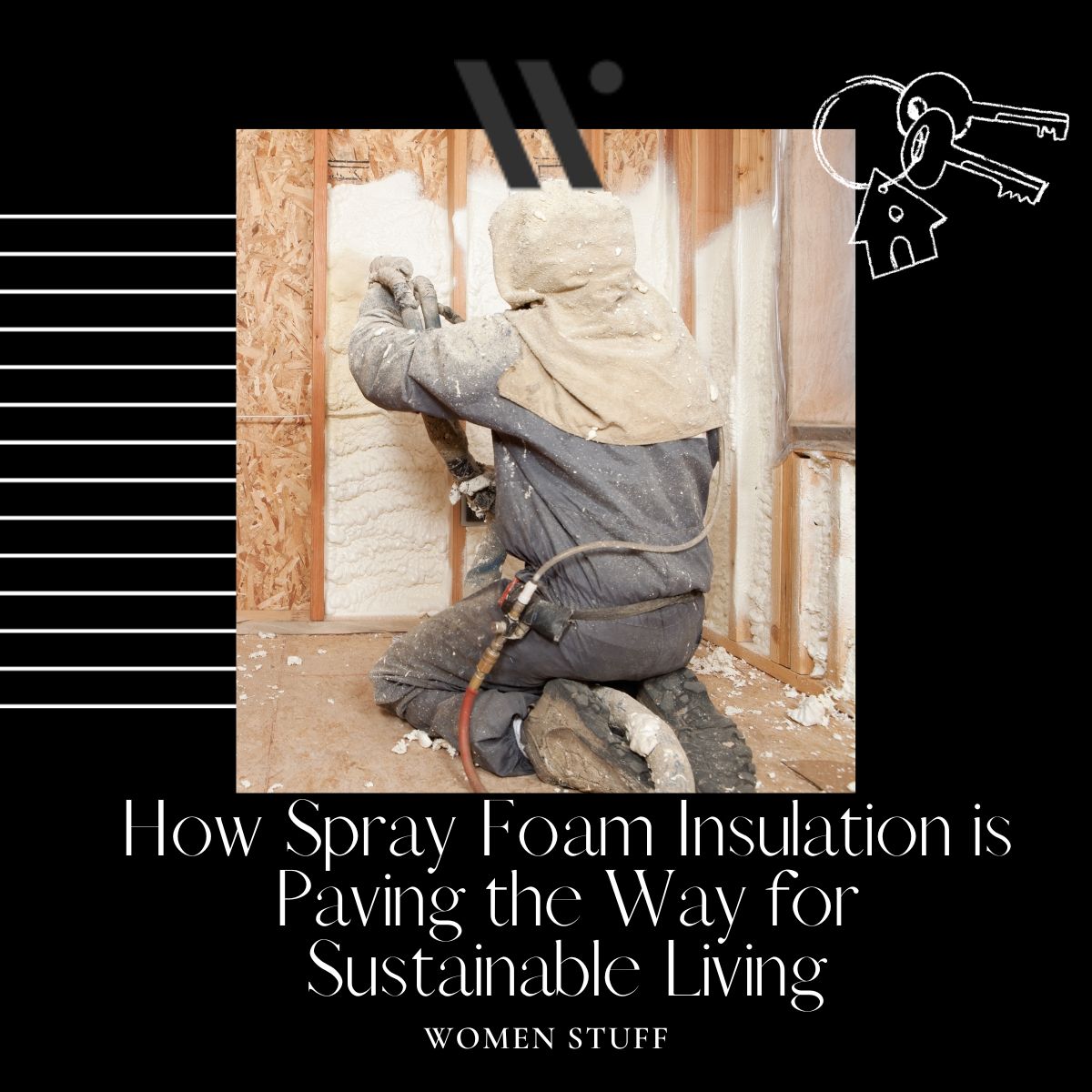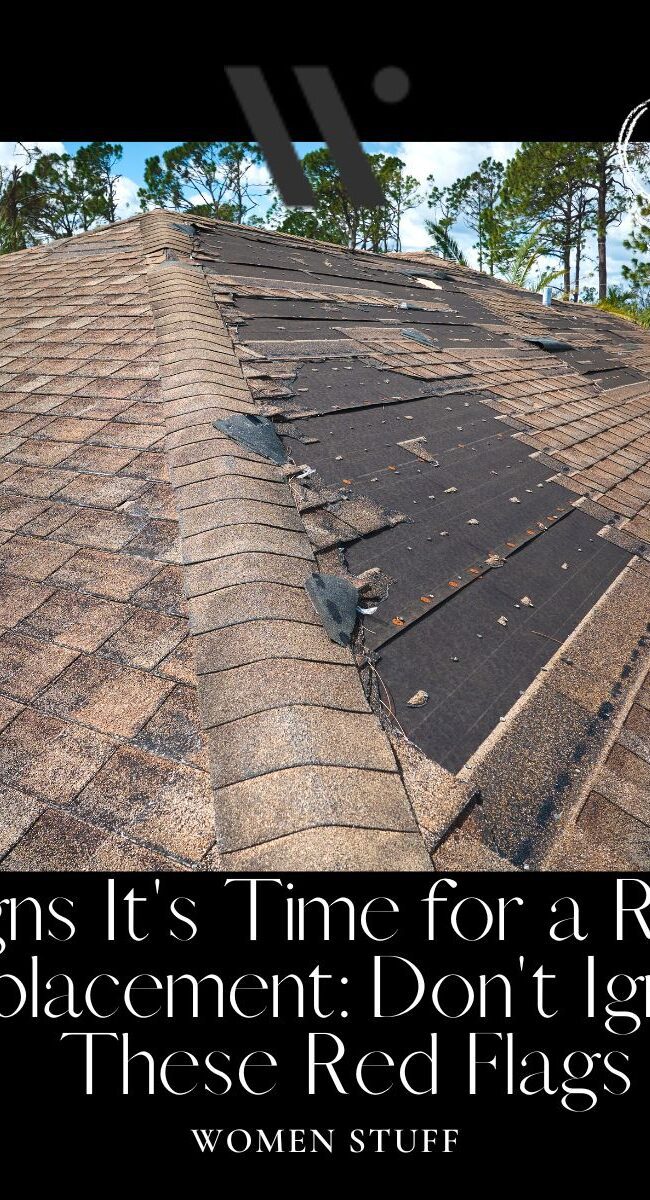
How Spray Foam Insulation is Paving the Way for Sustainable Living
Spray foam insulation, a technological breakthrough in sustainable living, is becoming a game-changer in how we approach energy efficiency and environmental conservation. The rising concern about climate change has underscored the importance of sustainable practices in all aspects of our lives, including the design and construction of our homes.
In this article, we explore the ways in which spray foam insulation is leading the charge in promoting sustainability. From its energy-saving properties to its eco-friendly composition, we delve into the various benefits of this innovative insulation method.
What is Spray Foam Insulation?
Before we dive into its sustainability features, let us first understand what spray foam insulation is and how it works. Spray foam insulation is a type of insulation material sprayed onto walls, floors, and ceilings to create an airtight seal. This seal acts as a barrier against air infiltration, preventing any heat or cool air from escaping the house.
Unlike traditional insulation methods like fibreglass or cellulose, spray foam insulation expands and fills in all cracks and crevices, creating a seamless layer of protection. This makes it highly effective at maintaining indoor temperature and helps reduce noise pollution.
Spray Foam Energy Efficiency
One of the primary reasons why spray foam insulation is gaining popularity in sustainable living is its remarkable energy efficiency. The airtight seal created by spray foam minimizes air leakage, preventing heat loss and reducing the energy required to heat or cool a building. This translates into significant savings on utility bills and a reduced carbon footprint.
Moreover, spray foam insulation has a higher R-value (a measure of thermal resistance) compared to traditional insulation materials like fibreglass or cellulose. This means it provides better insulation, keeping indoor temperatures consistent and reducing the need for energy-consuming heating or cooling systems.
Is Spray Foam Environmentally Friendly?
One of the most significant advantages of spray foam insulation is its eco-friendly composition. Traditional insulation materials are made from non-renewable resources like fibreglass, which hurts the environment. In contrast, spray foam insulation is composed of organic materials derived from plants and recycled plastic.
Additionally, the airtight seal created by spray foam prevents air leakage, reducing the amount of energy needed to regulate indoor temperatures. This, in turn, decreases the demand for fossil fuels and lowers carbon emissions.
Durability of Spray Foam
Another crucial aspect of sustainable living is durability and longevity. Traditional insulation materials can degrade over time, leading to gaps and cracks that compromise their effectiveness. Spray foam insulation, on the other hand, has a much longer lifespan due to its strong airtight seal and resistance to moisture. This means homeowners do not have to replace or repair their insulation, reducing waste and promoting sustainability.
Why is Sustainable Living Important?
As we continue to face the consequences of climate change, it has become increasingly important to adopt sustainable practices in all aspects of our lives. From reducing our carbon footprint and conserving energy to preserving natural resources and promoting eco-friendly alternatives, sustainable living can help mitigate the effects of climate change.
Incorporating innovative technologies like spray foam insulation in our homes is just one step towards a more sustainable future. By reducing energy consumption and promoting eco-friendly materials, we can positively impact the environment while also enjoying the benefits of a comfortable and efficient living space.
What Other Types of Insulation Are There?
While spray foam insulation is gaining popularity, other types of insulation available in the market offer energy efficiency and sustainability benefits. These include rigid foam insulation, cellulose insulation, and natural fiber insulation.
Each type has its advantages and drawbacks, so it’s essential to research and consult with a professional before choosing the best option for your home. Sustainable insulation materials like spray foam are continuously evolving, and staying informed about the latest developments can help you make an informed decision.
Drawbacks of Spray Foam Insulation
As with any technology, spray foam insulation also has its drawbacks. This includes:
- Higher initial cost compared to traditional insulation methods
- The potential for off-gassing of volatile organic compounds (VOCs) during installation
- Difficulty in removing or replacing the insulation if needed
It’s crucial to weigh these drawbacks against the numerous benefits of spray foam insulation and decide if it’s the right choice for your home.
When Should You Hire Professionals for Spray Foam Insulation?
While there are DIY spray foam insulation kits available, it’s recommended to hire professionals for the job. The installation process requires specialized equipment and expertise to ensure proper application and maximum effectiveness.
Moreover, professionals have the knowledge to identify any potential areas of concern and provide solutions that will maximize your home’s energy efficiency and sustainability.
Although it may cost more to hire professionals, the long-term benefits far outweigh any initial costs. You may be able to do some things yourself, like preparing the house for insulation, but the installation itself should be left to the professionals.
Contact professionals by visiting their website, calling them, or asking someone for a recommendation. You can get a cost evaluation and advice on whatever you’re interested in when it comes to sustainable home insulation.
Factors to Consider When Insulating Your Home
Spray foam insulation is paving the way for sustainable living by offering numerous benefits in energy efficiency, eco-friendliness, durability, and comfort. When considering insulation options for your home, it’s essential to research and consult with professionals to determine the best solution that meets
your budget and sustainability goals.
Factors to consider when insulating your home include:
- Climate and location
- Type of construction
- Budget
- Desired level of energy efficiency
By carefully considering these factors, you can make an informed decision that will not only benefit your home but also contribute to a more sustainable future. Overall, spray foam insulation is just one example of how small changes in our daily lives can significantly impact the environment and promote sustainable living for future generations.
Conclusion
Spray foam insulation has revolutionized the way we approach energy efficiency and sustainability in our homes. Its remarkable properties, including energy efficiency, durability, and eco-friendliness, make it a top choice for those looking to pave the way towards sustainable living.





